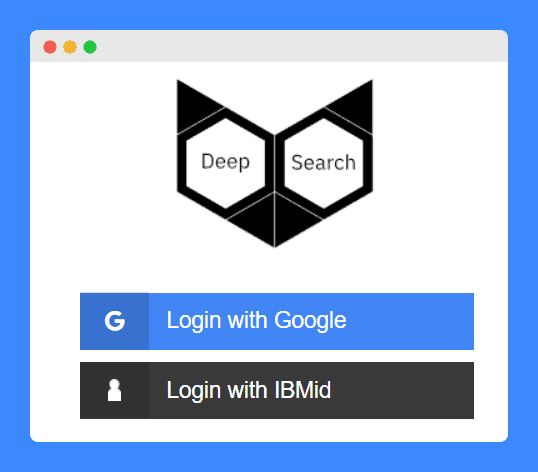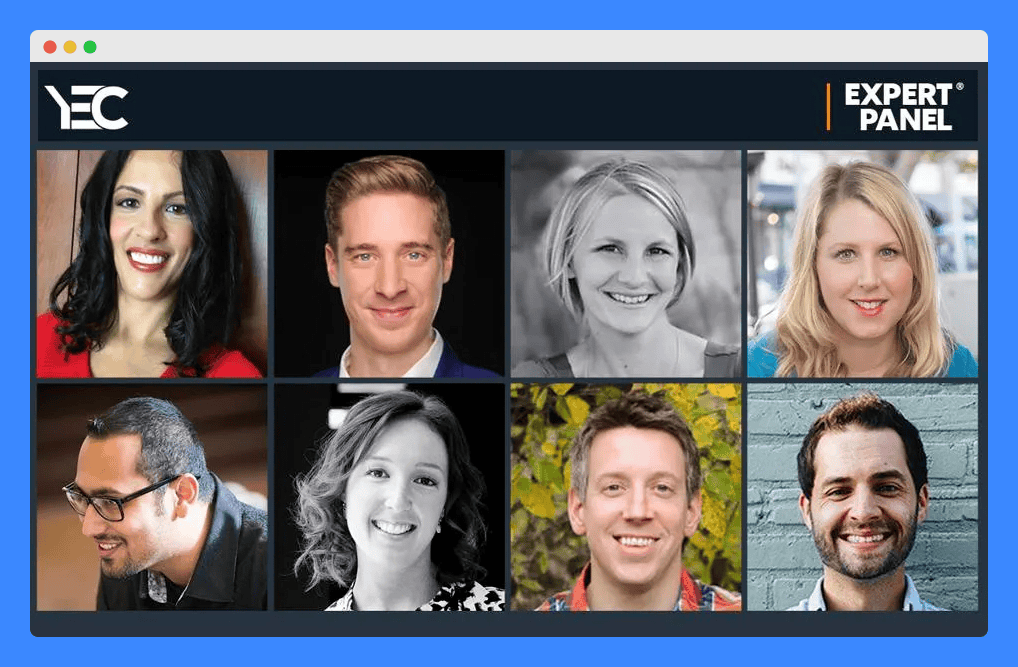Creating quality content day in and day out can be overwhelming for you, especially when you have just started or have to make do with limited resources.
Publishing relevant content is essential to generating traction online and engaging your target audience. However, being consistent at it can be daunting.
It’s one of the reasons businesses and content creators resort to content curation, as it helps them keep up. The problem is that it may lead to infringement issues.
However, that’s not the only reason. There may also be other reasons that may cause you to face copyright infringement problems.
So, it’s best to check if the content you publish is copyrighted, which may cause trouble down the road.
In this article, we will tell you how to check if your content is copyrighted and how you can avoid infringement issues.
So, without further ado, let’s start.
Table of Contents
What is Copyright Infringement?
Before diving into the topic, let’s talk about copyright infringement first and learn how it may affect you.
Copyright infringement occurs when you leverage information or resources that you don’t originally own without the consent of the copyright holder.
It may lead you to face legal repercussions if you publish or share copyrighted content with your audience.
A common mistake people often make is thinking that there’s no risk of infringement if the content or the resources are easily accessible.
Generally, if something offers a certain value to the intended audience, it’s safe to assume that it’s copyright-protected.
Even if it’s not, copying something or pretending to be the owner of something you didn’t create is downright unethical.
Not only does it lead you to face legal consequences, but it also puts your brand’s reputation at stake.
Not all infringement incidents are deliberate. Sometimes, they happen due to negligence. Even though you mean no harm, you may end up violating someone’s intellectual property rights if you’re not careful.
So, you should always do your research when leveraging content or information material that you don’t own.
So, how do you check if the content is copyrighted?
How to Look for Copyright-Protected Content
The creator economy has over 200 million active content creators. So, the risk of you encountering infringement issues is quite high.
When you create content, you look online for inspiration and leverage relevant information accessible to you.
This makes it easier for you to produce quality content either through a creation or curation process.
However, it also increases the risk of you infringing someone else’s copyright. Even though you were just doing secondary research, and it wasn’t intentional, it won’t be a good enough excuse to evade the repercussions.
So, it’s best to check if the information you leverage can get you into trouble.
Just Google It
The best way to check if your content infringes someone else’s copyright is to check your content using Google.
If the content that you choose to share with your target audience is text-based, copy each paragraph and paste it one by one into Google.

Google is a search engine giant with more than 93% of the market share in the industry. It’s a powerful search engine that will enable you to see if the content you choose to publish matches someone else’s.
The process may be a bit daunting, as you have to check every paragraph of your articles manually. However, the process will provide you with the information that you need.
You can also leverage Google’s image search for visual content, such as images and infographics.
Try Deep Search
Using Deep Search is another effective way to check your content for copyrights before sharing it with your target audience.
It’s another powerful tool that comes with the ability to scan billions of pages online and help you explore the ones that match your content.
With Deep Search, you can find if your content contains text similar to other articles published online.

Even when you’re creating original content, there’s a possibility that your ideas and the way you express them may match someone else’s.
It may seem far-fetched, but with billions of articles and millions of information sources, the risk of copyright infringement is quite high.
Use Grammarly
Another handy tool that may protect you from copyright infringement problems when creating or curating content is Grammarly.
It’s a useful app with a variety of handy features to consider. The tool enables you to detect unintentional plagiarism and highlights the problematic areas in your content.

Other than that, it helps you improve the way you present your information and engage the intended audience.
With Grammarly, you not only detect plagiarism but also see if your content seems AI-generated.
So, the tool helps you ensure copyright compliance and make necessary improvements in your content for better engagement.
How to Avoid Copyright Infringement
Now that you know how to check if your content is copyrighted, let’s explore a few useful strategies that may help you avoid infringement.
Do Your Research
Imagine your goal is to create quality content for your target audience while evading copyright infringement.
However, you don’t even know the source of the information that you use to create or curate content.
Do you think that you will be able to avoid infringement issues?
The prerequisite for avoiding copyright infringement is to know where the information you use for your content comes from.
Furthermore, you should know that if something is accessible for free, it doesn’t mean that you have the right to use it for commercial purposes.
If you intend to use certain information accessible online for free, you should go through the licensing information and other conditions that may apply.

If you intend to leverage a piece of content commercially, you should either purchase the license or ask for consent from the one who owns it. In either case, knowing about the originator is a must.
Ask for Consent
The best way to avoid copyright infringement is to ask for consent from the originator of information that you consider using for your content.
Not only does it help you stay out of trouble, but it also enables you to grow your network and create new connections.
Whether you plan to reuse the content or share it as it is with your audience, asking for permission is highly recommended.
It’s best to have a record of the consent. So, avoid asking for it verbally. Craft efficient email content and reach out to concerned personnel via social media.
Depending on the nature of the content you plan to leverage or the reputation of the brand that owns it, the complexity of the process may vary.
However, it’s the best course of action and an ethical approach if you choose to use the content you don’t originally own.
Consider Collaboration
Around 60% of marketers find it challenging to share the right content with the intended audience consistently. So, you’re not the only one who finds creating engaging content a difficult thing to do.
This may seem like an obstacle, but you can convert it into an opportunity by reaching out to brands that align with your niche for collaboration.

This way, you can leverage the content they publish or relevant resources to share useful information with your target audience and vice versa.
Not only does it facilitate the process of content creation, but it also provides you with the opportunity to target new market segments and engage a relevant audience.
Be Original
Even if you share information that you don’t own with your audience, your originality can save you from copyright infringement and the legal consequences that follow.
Around 51% of businesses with a content marketing strategy publish content on relevant topics on a daily basis.
We live in an era of information abundance. No matter the topic you choose, it’s really difficult to be the first one to create content around it. There’s always something available online similar to what you plan on publishing, if not completely identical.
What saves you from copyright infringement is when you have a unique take on the topic that distinguishes your content from the one already available. So, channel your thoughts and make use of your expertise to create something truly unique.
As a matter of fact, your audience is interested in knowing your say on the matter. If you have no value to offer, it’s logical to assume that the intended audience will prefer accessing the information from the source rather than coming to you.
Taking inspiration is one thing, but copying something that already exists won’t do you any good, even if you somehow evade infringement.
Leverage Fair Use
There are certain situations in which you’re not obligated to get permission from the originator of information before using it without having to fear infringement.
It’s generally referred to as fair use, and getting acquainted with the policies that align with the concept may protect you from copyright infringement.
Here, you are allowed to use the content published by someone else for limited and transformative purposes.
Now, you must understand that the fair use regulations may vary from one country to another. So, it’s important to be familiar with the ones that apply to your region.
We won’t be talking about the nitty-gritty of fair use. However, we will give you some idea of how it works.
If you plan on using content you don’t own for the purpose of sharing useful information or generating awareness, fair use policies may apply.
You can freely leverage the content for educational purposes. As long as your intent isn’t commercial, the risk of infringement is a bare minimum.
However, fair use policies encompass a lot of grey areas. So, it’s best to proceed with caution and do your research.
To be on the safe side, add some value from your end before sharing the content with your audience.
A fitting example of this is YouTube commentary or reviews. Here, the content that you share with your audience isn’t your own. However, you add value when creating the end product by adding your remarks or opinions on the matter.
Use Copyright-Free Content
It may seem a no-brainer, but it’s worth mentioning that leveraging sources that facilitate your access to copyright-free content is a viable approach to avoid infringement issues.

There are a number of platforms that provide you with content that you share for educational or commercial purposes.
There may be a number of reasons for such platforms to allow you to use their content without consent or having to purchase the license. We won’t go into those details because that’s the topic for another day.
What’s worth mentioning is that exploring such platforms and maintaining a record of them is really useful.
They give you access to the information that you need to share quality content with your audience and generate traction.
However, it’s important to go through their terms of use, as there may be a few conditions that you may want to abide by.
Credit Information Sources
Crediting information sources is an ethical practice that enables you to maintain a positive online reputation and avoid copyright infringement.
Even if you add some value from your end, it’s highly recommended to credit the originator of information that you use to create your content.
Let’s say you’re a blogger who publishes book reviews on their website and generates revenue online through AdSense.
Don’t you think it’ll be unfair if you don’t credit the authors whose books you’re reviewing to create content?
The same goes for the commentary videos that you create or any other use case where someone else’s work fuels your content output.
This even applies to GIFs used in emails, where proper attribution or permission is necessary to avoid copyright infringement.
Whether it’s text-based or visual content, crediting the sources helps you build rapport with the originators of information and win the hearts of your target audience.
Moreover, you’ll be able to keep infringement issues at bay and effectively avoid legal repercussions.
Over to You
In this article, we discussed the ways through which you can check if the content is copyrighted and effectively avoid infringement.
Copyright infringement, be it unintentional, is a nightmare for all content creators and may lead you to face severe consequences. Not only does it negatively affect your reputation, but it can also cause legal problems.
If you’ve been looking for ways to protect yourself from copyright infringement, the recommendations in this article may help.


